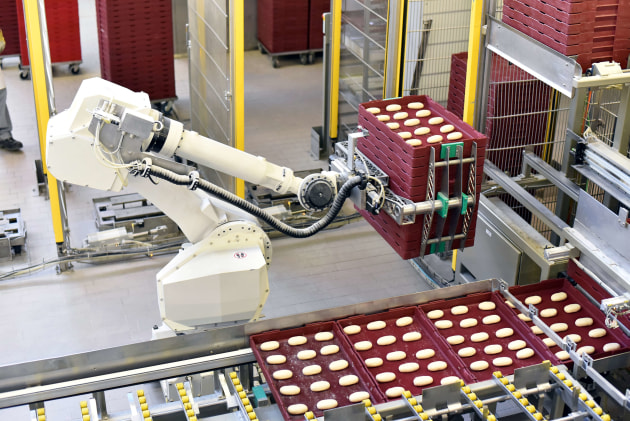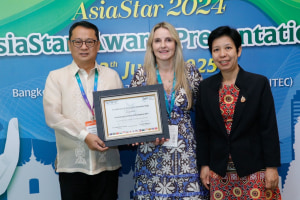Industry and science minister Ed Husic says the discussion paper on the development of a National Robotics Strategy will look at the opportunities and challenges for industries when it comes to adopting robotics and automation.
It would “help guide a conversation on growing the production and responsible use of robotics in Australia”, he said.
“Australia has all the ingredients to grow our robotics industry – world-class research institutions, a highly skilled workforce and favourable business conditions.
“Automation technologies, including robotics, provide an opportunity to add between $170 billion to $600 billion per year to Australia’s GDP by 2023,” Husic said.
Robotics has been identified as one of 63 critical technologies in the national interest.
In December 2022, a National Robotics Strategy Advisory Committee was appointed to provide strategic guidance, support, and high-level oversight to support the Department of Industry, Science, and Resources develop the strategy.
Chaired by CSIRO’s chief scientist Professor Bronwyn Fox, the committee members are:
- Dr Catherine Ball, associate professor, School of Engineering, Australian National University;
- Andrew Dettmer, national president, Australian Manufacturing Workers’ Union;
- Professor Hugh Durrant-Whyte, NSW chief scientist & engineer;
- Dr Sue Keay, founder and chair, Robotics Australia Group;
- Professor Simon Lucey, director, Australian Institute of Machine Learning;
- Associate Professor Julia Powles, co-director, Minderoo Tech & Policy Lab; and
- Mike Zimmerman, partner, Main Sequence Ventures.
Husic added the recently passed National Reconstruction Fund could provide investment for onshore development of enabling capabilities like robotics.
To grow advanced manufacturing in Australia, we need to explore ways to increase the country’s robotics and automation capabilities.
“Research shows that countries that have invested more in robotics have experienced higher levels of employment growth.
“Responses to the discussion paper will help to identify priority areas for the future of Australian robotics and automation technologies, including existing strengths and gaps to be addressed,” Husic said.
The paper will also consider barriers faced by businesses producing robotics and automation technologies in Australia, and concerns on robotics potential impact on work and communities.
A series of in-person workshops and sector specific online workshops will also be held.
Submissions close on 7 May.






